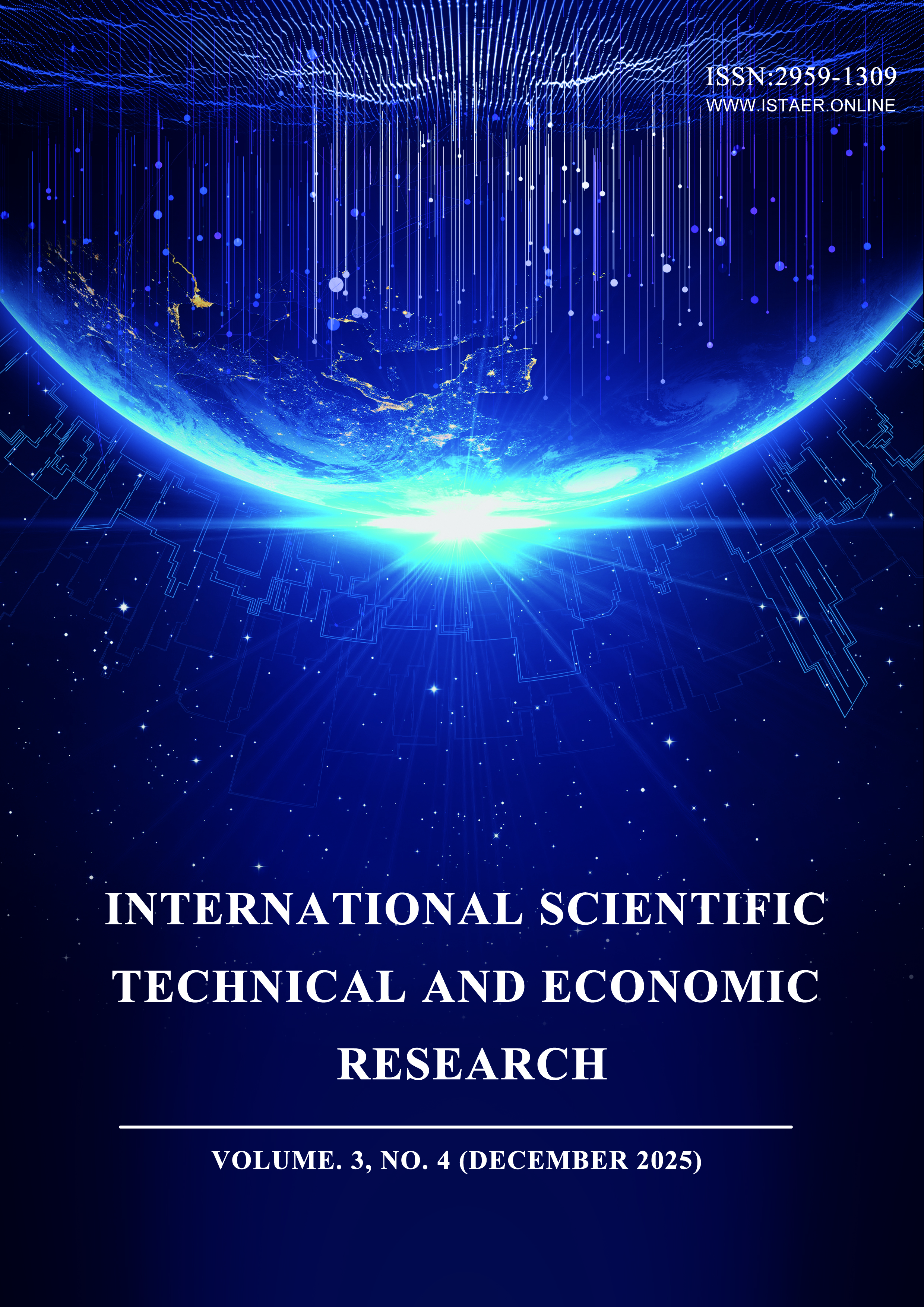Applications of MEMS sensors in industrial equipment condition sensing and the Internet of Things
DOI:
https://doi.org/10.71451/ISTAER2560Keywords:
MEMS; MEMS sensors; Condition monitoring; Predictive maintenance; Industrial Internet of Things (IIoT)Abstract
This paper systematically studies the integrated application of microelectromechanical systems (MEMS) sensors in industrial equipment condition sensing and the Internet of Things (IoT). The research shows that MEMS sensors, with their advantages of miniaturization, low cost, and low power consumption, effectively overcome the limitations of traditional monitoring technologies in terms of deployment density and economy, laying a solid foundation for building large-scale equipment condition sensing networks. By analyzing multi-dimensional parameters such as vibration, attitude, and pressure, and combining edge computing and data fusion technologies, accurate diagnosis and early warning of the operating status of industrial equipment are achieved. Further research indicates that when MEMS sensors are deeply integrated into the industrial IoT architecture, not only is real-time monitoring of equipment status realized, but the operation and maintenance model is also promoted from reactive maintenance to predictive maintenance, significantly improving equipment reliability, production efficiency, and safety management levels. Although challenges remain in measurement accuracy, environmental adaptability, and standardization, with the deep integration of new materials, new processes, and artificial intelligence technologies, MEMS sensors will play an increasingly important role in building intelligent and adaptive industrial ecosystems, providing key technological support for industrial digital transformation.
References
[1] Mykoniatis, K. (2020). A real-time condition monitoring and maintenance management system for low voltage industrial motors using internet-of-things. procedia manufacturing, 42, 450-456. DOI: https://doi.org/10.1016/j.promfg.2020.02.050 DOI: https://doi.org/10.1016/j.promfg.2020.02.050
[2] Sun, H., Yin, M., Wei, W., Li, J., Wang, H., & Jin, X. (2018). MEMS based energy harvesting for the Internet of Things: a survey. Microsystem Technologies, 24(7), 2853-2869. DOI: https://doi.org/10.1007/s00542-018-3763-z DOI: https://doi.org/10.1007/s00542-018-3763-z
[3] Huff, M. A. (2017). Mems: An enabling technology for the internet of things (IoT). Internet of Things and Data Analytics Handbook, 147-166. DOI: https://doi.org/10.1002/9781119173601.ch9 DOI: https://doi.org/10.1002/9781119173601.ch9
[4] Le, X., Shi, Q., Vachon, P., Ng, E. J., & Lee, C. (2021). Piezoelectric MEMS—Evolution from sensing technology to diversified applications in the 5G/Internet of Things (IoT) era. Journal of Micromechanics and Microengineering, 32(1), 014005. DOI: https://doi.org/10.1088/1361-6439/ac3ab9 DOI: https://doi.org/10.1088/1361-6439/ac3ab9
[5] Turkin, I., Leznovskyi, V., Zelenkov, A., Nabizade, A., Volobuieva, L., & Turkina, V. (2023). The use of iot for determination of time and frequency vibration characteristics of industrial equipment for condition-based maintenance. Computation, 11(9), 177. DOI: https://doi.org/10.3390/computation11090177 DOI: https://doi.org/10.3390/computation11090177
[6] D'Emilia, G., & Natale, E. (2021). Use of MEMS sensors for condition monitoring of devices: discussion about the accuracy of features for diagnosis. International Journal of Metrology and Quality Engineering, 12, 15. DOI: https://doi.org/10.1051/ijmqe/2021011 DOI: https://doi.org/10.1051/ijmqe/2021011
[7] Goel, A. K. (2022). Integration of MEMS Sensors for Advanced IoT Applications. In Electronic Devices and Circuit Design (pp. 33-50). Apple Academic Press. DOI: https://doi.org/10.1201/9781003145776-3 DOI: https://doi.org/10.1201/9781003145776-3
[8] Fraga, M. A., & Pessoa, R. S. (2025). The Role of Semiconductor Thin Films in Advancing MEMS Sensor Technology. IEEE Sensors Reviews. DOI: https://doi.org/10.1109/SR.2025.3564231 DOI: https://doi.org/10.1109/SR.2025.3564231
[9] Eteng, A. A. (2025). Sensors, actuators, wireless sensor networks, and the Internet of Things. Internet of Things A to Z: Technologies and Applications, 89-117. DOI: https://doi.org/10.1002/9781394280490.ch4 DOI: https://doi.org/10.1002/9781394280490.ch4
[10] Podder, I., Fischl, T., & Bub, U. (2023, March). Artificial intelligence applications for MEMS-based sensors and manufacturing process optimization. In Telecom (Vol. 4, No. 1, pp. 165-197). MDPI. DOI: https://doi.org/10.3390/telecom4010011 DOI: https://doi.org/10.3390/telecom4010011
[11] Zhang, Z., Wen, F., Sun, Z., Guo, X., He, T., & Lee, C. (2022). Artificial intelligence‐enabled sensing technologies in the 5G/internet of things era: from virtual reality/augmented reality to the digital twin. Advanced Intelligent Systems, 4(7), 2100228. DOI: https://doi.org/10.1002/aisy.202100228 DOI: https://doi.org/10.1002/aisy.202100228
[12] Di Nuzzo, F., Brunelli, D., Polonelli, T., & Benini, L. (2021). Structural health monitoring system with narrowband IoT and MEMS sensors. IEEE Sensors Journal, 21(14), 16371-16380. DOI: https://doi.org/10.1109/JSEN.2021.3075093 DOI: https://doi.org/10.1109/JSEN.2021.3075093
Downloads
Published
Issue
Section
License
Copyright (c) 2025 International Scientific Technical and Economic Research

This work is licensed under a Creative Commons Attribution-NonCommercial-NoDerivatives 4.0 International License.
This work is licensed under the Creative Commons Attribution International License (CC BY 4.0).




